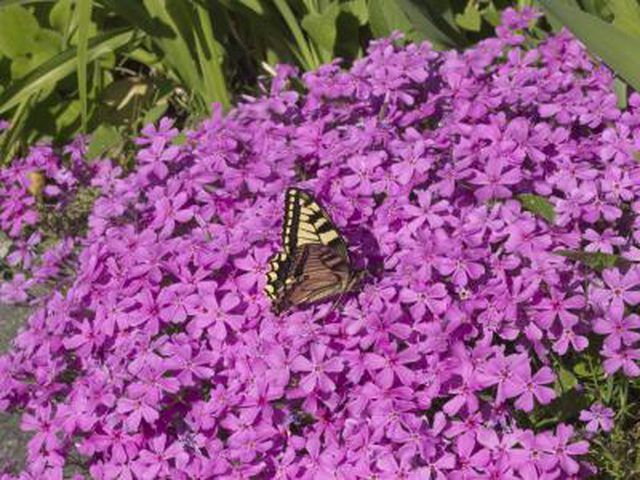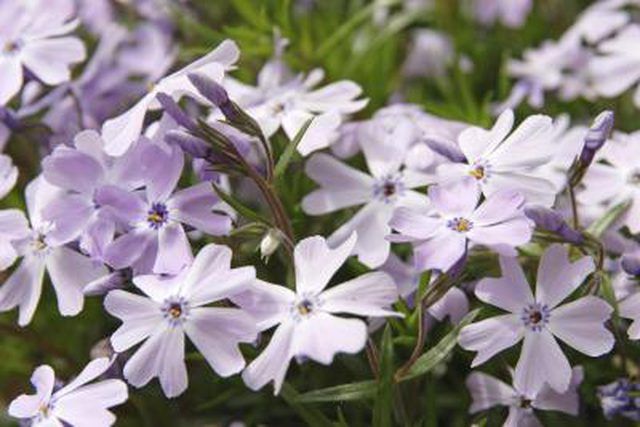Bulbs
Flower Basics
Flower Beds & Specialty Gardens
Flower Garden
Garden Furniture
Garden Gnomes
Garden Seeds
Garden Sheds
Garden Statues
Garden Tools & Supplies
Gardening Basics
Green & Organic
Groundcovers & Vines
Growing Annuals
Growing Basil
Growing Beans
Growing Berries
Growing Blueberries
Growing Cactus
Growing Corn
Growing Cotton
Growing Edibles
Growing Flowers
Growing Garlic
Growing Grapes
Growing Grass
Growing Herbs
Growing Jasmine
Growing Mint
Growing Mushrooms
Orchids
Growing Peanuts
Growing Perennials
Growing Plants
Growing Rosemary
Growing Roses
Growing Strawberries
Growing Sunflowers
Growing Thyme
Growing Tomatoes
Growing Tulips
Growing Vegetables
Herb Basics
Herb Garden
Indoor Growing
Landscaping Basics
Landscaping Patios
Landscaping Plants
Landscaping Shrubs
Landscaping Trees
Landscaping Walks & Pathways
Lawn Basics
Lawn Maintenance
Lawn Mowers
Lawn Ornaments
Lawn Planting
Lawn Tools
Outdoor Growing
Overall Landscape Planning
Pests, Weeds & Problems
Plant Basics
Rock Garden
Rose Garden
Shrubs
Soil
Specialty Gardens
Trees
Vegetable Garden
Yard Maintenance
Creeping Phlox Facts
Creeping Phlox Facts. Creeping phlox, scientifically known as Phlox subulata, is a groundcover that is a perennial spring bloomer with leaves that have slightly swollen bases similar to some Junipers awl foliage. With a slow-growing, creeping habit this evergreen is a good choice for a rock garden, edging plant or for cascading over a wall.
Creeping phlox, scientifically known as Phlox subulata, is a groundcover that is a perennial spring bloomer with leaves that have slightly swollen bases similar to some Junipers awl foliage. With a slow-growing, creeping habit this evergreen is a good choice for a rock garden, edging plant or for cascading over a wall.

Used almost exclusively as a groundcover, creeping phlox ranges in height from around 4 inches to as much as 8 inches. Some species have mounding habits with a total spread per mound of around 2 feet wide.

Creeping phlox grows easily, especially if the soil is well-drained and the area is sunny, as too much shade will produce leggy plants that tend to be sparse, and they are likely to rot if the moisture is excessive. Propagation is done by dividing the plants during fall or from stem cuttings during the summertime. New foliage, often lush, is produced if creeping phlox is sheared by as much as half after its yearly flowering. Hardy to USDA zone 3, creeping phlox can be grown in most of the country.

With bright, spring flowers in a variety of colors that include blue, pink, white and scarlet-pink and lasting for weeks, creeping phlox is cold-hardy evergreen groundcover that requires little care. Not picky about soil conditions, creeping phlox--with its fine textured and needle-like foliage--makes a good background plant during summer.

While creeping phlox requires little care, spider mites can become a pest problem that can reduce the plant's life span and cause stems and foliage to die in patches. Unless the plants are sheared annually, they will likely lose their vigor. During the more extreme seasons such as summer and winter, the foliage might have dying yellow or dead brown foliage mixed in among the green.